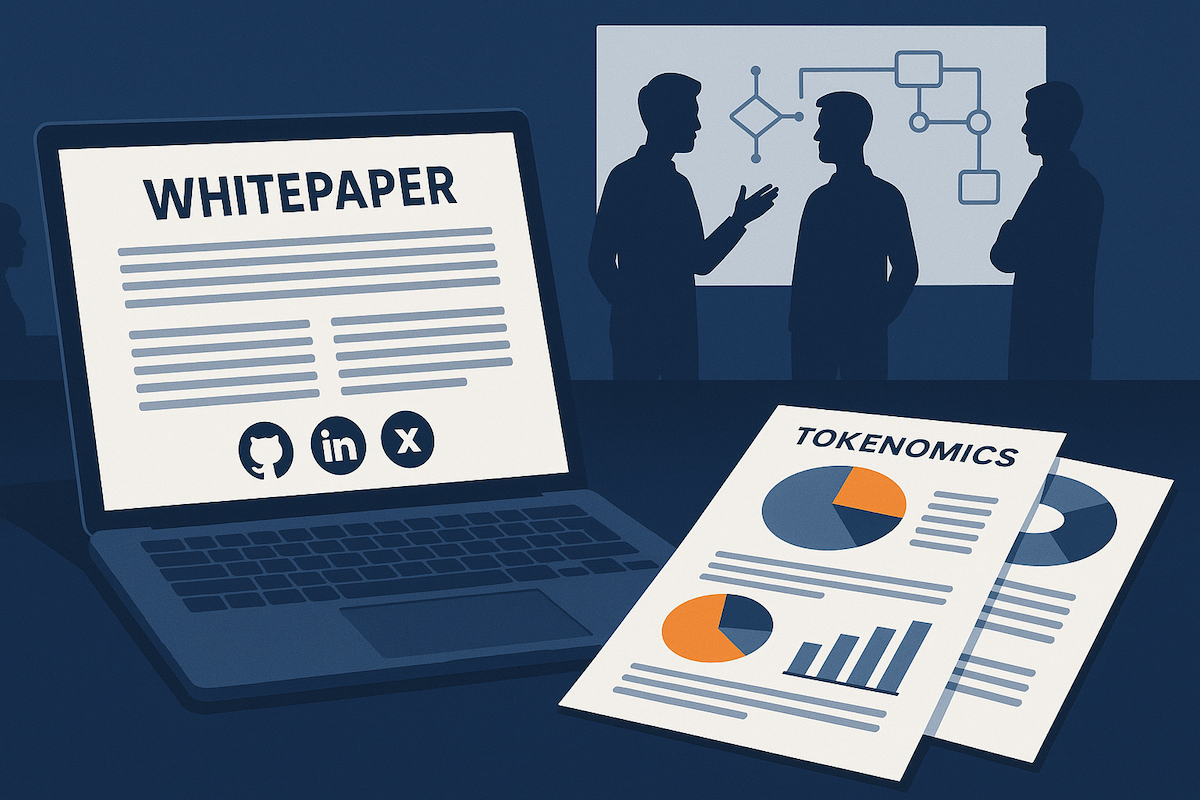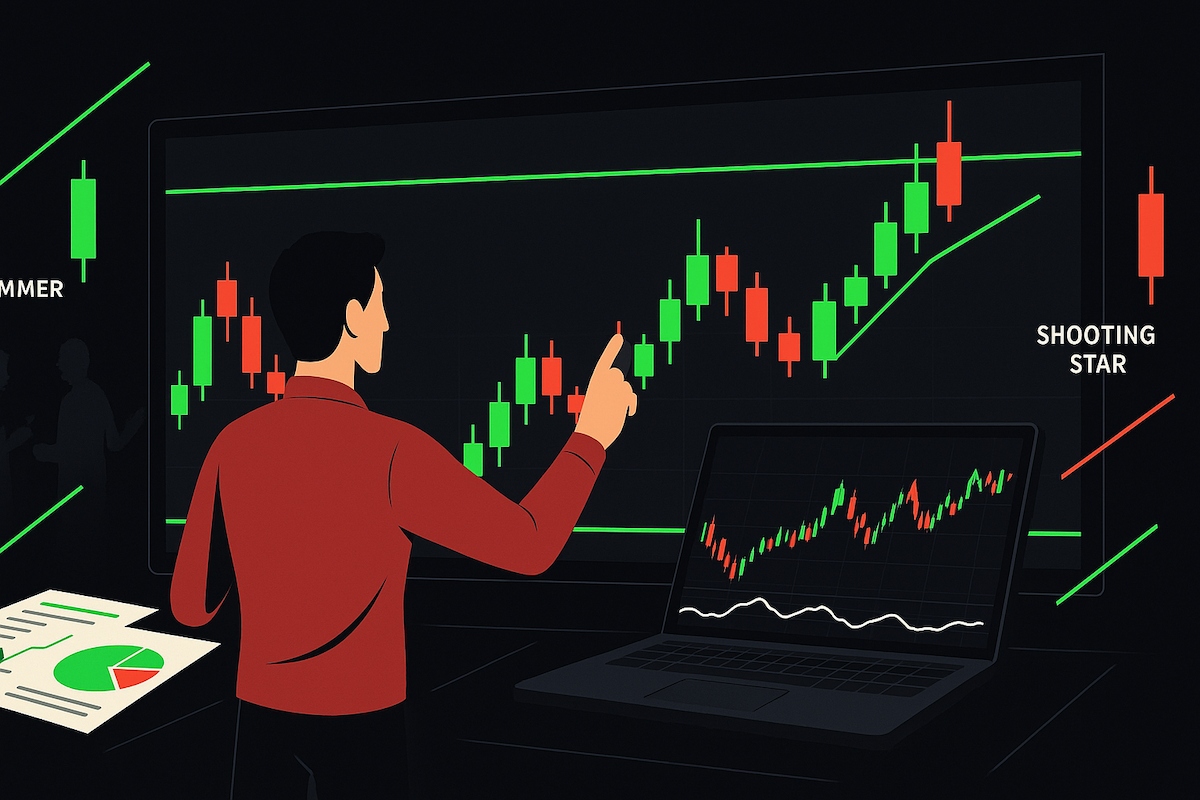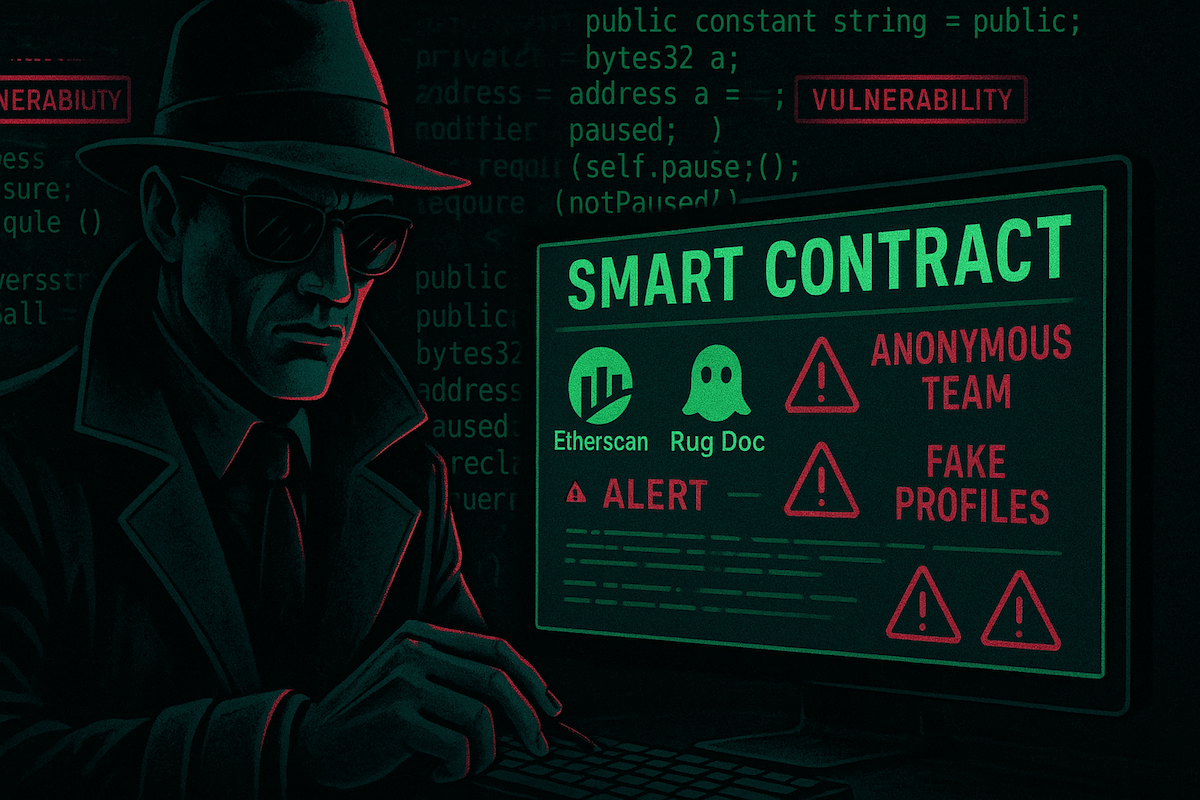 DYOR (Do Your Own Research) is a fundamental principle of cryptocurrency investing. The crypto market is volatile, and thorough analysis helps minimize risks and identify promising assets. In this guide, we’ll break down how to conduct fundamental, technical, and market analysis of cryptocurrencies, as well as how to evaluate the credibility of projects.
DYOR (Do Your Own Research) is a fundamental principle of cryptocurrency investing. The crypto market is volatile, and thorough analysis helps minimize risks and identify promising assets. In this guide, we’ll break down how to conduct fundamental, technical, and market analysis of cryptocurrencies, as well as how to evaluate the credibility of projects.
1. What is DYOR and Why is it Important?
DYOR is the process of independently researching a cryptocurrency project before investing. The goal is to determine whether the project has real value, a reliable team, and growth potential. Without DYOR, you risk investing in fraudulent or unpromising projects.
Why DYOR is important:
- High risk of scams: Scam projects (rug pulls, fake tokens) are common in the market.
- Volatility: Cryptocurrency prices fluctuate significantly, and without analysis, you might buy at a peak.
- Long-term success: Quality analysis helps identify projects with real value and growth potential.
2. Fundamental Analysis of Cryptocurrencies

Fundamental analysis evaluates a project’s intrinsic value, its team, technology, and market prospects. Here are the key steps:
2.1. Studying the Project and Its Idea
- Whitepaper: Read the project’s official document. It should clearly describe:The problem the project solves. The technology and innovations. Tokenomics (token distribution, issuance, use cases). Roadmap with development plans. Example: Bitcoin’s whitepaper describes a decentralized payment system, while Ethereum’s outlines a platform for smart contracts.
- Problem and Solution: Ask questions:What real-world problem does the project address? Is the solution unique? Are there competitors? Example: Solana offers high transaction throughput, competing with Ethereum.
- Unique Selling Proposition (USP): What makes the project stand out? For example, Polkadot focuses on blockchain interoperability.
2.2. Team Analysis
- The team’s experience in blockchain, technology, or finance.
- Public presence: Are there LinkedIn, GitHub, or X profiles?
- Previous projects: Were they successful?
- Example: Ethereum’s founder, Vitalik Buterin, is a well-known figure with a proven track record.
Anonymous teams: If the team hides their identities, it’s a red flag. Scam projects often rely on anonymity.
2.3. Tokenomics
Tokenomics is the economic model of the token. Examine:
- Total token supply: Is it capped (like BTC) or uncapped (like ETH)?
- Distribution: How many tokens are held by the team, investors, or community?
- Inflation/Deflation: Are there token-burning or issuance mechanisms?
- Token utility: What is the token used for? Payments, governance, staking?
Example: Binance Coin (BNB) is used to pay fees on the Binance exchange, increasing its value.
2.4. Technology and Product
- Blockchain: Is it a native blockchain (Layer 1, like Solana) or a token on another blockchain (e.g., ERC-20 on Ethereum)?
- Technical advantages: Transaction speed, scalability, security.
- Working product: Is there a minimum viable product (MVP), or just promises?
- Smart contract audits: Check if the code has been audited by firms like CertiK or Hacken.
2.5. Partnerships and Ecosystem
- Partnerships: Does the project collaborate with reputable companies? For example, Chainlink works with Google Cloud and Oracle.
- Ecosystem: How many decentralized applications (dApps) or users are already using the project?
Example: Polygon is widely used for Ethereum scaling, confirming its value.
2.6. Community and Activity
- Social media: Check activity on X, Telegram, or Discord. A large, active community is a good sign.
- GitHub: Regular code updates indicate ongoing development.
- Red flags: Fake followers, bought likes, or lack of activity.
3. Technical Analysis of Cryptocurrencies

Technical analysis (TA) helps identify the right time to buy or sell based on historical price and volume data.
3.1. Key TA Tools
- Price charts: Use platforms like TradingView or Coinigy for analysis.
- Trends: Determine if the market is in an uptrend (bullish), downtrend (bearish), or sideways trend.
- Support and Resistance Levels: Support: A price level where declines often stop. Resistance: A price level where upward movement often stalls.
- Indicators: RSI (Relative Strength Index): Indicates overbought (above 70) or oversold (below 30) conditions. MACD: Helps identify trend reversals. Moving Averages (MA): SMA and EMA show trend direction.
- Volumes: High volumes confirm the strength of a trend.
3.2. Candlestick Patterns
Learn patterns such as:
- Bullish: “Hammer,” “Bullish Engulfing” — signals for potential price increases.
- Bearish: “Shooting Star,” “Bearish Engulfing” — signals for potential price drops.
3.3. Timeframes
- Short-term traders: Use 1-hour or 4-hour charts.
- Long-term investors: Analyze daily or weekly charts.
4. Market Analysis

Market analysis evaluates external factors affecting cryptocurrency prices.
4.1. Overall Market Conditions
- Bullish or Bearish Market: Bitcoin’s rise often lifts altcoins.
- Market Capitalization: Check a project’s ranking on CoinMarketCap or CoinGecko.
- Correlation with BTC: Most altcoins move in tandem with Bitcoin.
4.2. News and Events
- News: Follow updates on Cryptoage, CoinDesk, CoinTelegraph or X. Network upgrades, exchange listings, or regulations can significantly impact prices.
- Events: Announcements of hard forks, protocol upgrades, or partnerships.
Example: A token listing on Binance often triggers a short-term price surge.
4.3. Market Sentiment
- Fear and Greed Index: Reflects investor sentiment (high greed may signal a peak; fear may indicate a buying opportunity).
- X Activity: Search hashtags (#BTC, #ETH) to gauge interest in a project.
5. Scam Detection

-
Red flags: Anonymous team. Unrealistic promises (e.g., “1000% returns in a month”). No smart contract audits. Copied whitepapers from other projects.
- Verification Tools: RugDoc or TokenSniffer: Analyze smart contracts for vulnerabilities. BscScan/Etherscan: Check transactions and token holders. X: Look for community reviews, but filter out fake accounts.
6. Risk Management
- Diversification: Don’t put all your money into one cryptocurrency.
- Stop-losses: Set levels to exit a position if the price drops.
- Position sizing: Invest only what you can afford to lose.
- Long-term vs. short-term strategy: Decide if you’re an investor or a trader.
7. Useful Resources for DYOR
- Market Data: CoinMarketCap, CoinGecko.
- Technical Analysis: TradingView, Coinigy.
- News: Cryptoage, CoinDesk, CoinTelegraph, The Block.
- Social Media: X, Discord, Telegram.
- Code and Development: GitHub.
- Audits: CertiK, Hacken, SlowMist.
8. Example Analysis: Ethereum (ETH)

Fundamental Analysis:
- Idea: Platform for smart contracts and dApps.
- Team: Vitalik Buterin and experienced developers.
- Tokenomics: Uncapped supply with a burning mechanism (EIP-1559).
- Technology: Transition to Proof-of-Stake (Ethereum 2.0) improved energy efficiency.
- Ecosystem: Thousands of dApps (Uniswap, Aave).
Technical Analysis:
- RSI on the daily chart shows neutral values (~50).
- Support level: ~$2,500; resistance: ~$4,000.
- Volumes increase during key level breakouts.
Market Analysis:
- Correlation with BTC: 0.9.
- News: Anticipation of scalability upgrades (sharding).
9. Conclusion
DYOR is not a one-time task but an ongoing process. The crypto market is dynamic, and even high-quality projects can lose value due to external factors. Combine fundamental, technical, and market analysis to make informed decisions. Always consider the risks and only invest what you can afford to lose.
Don’t forget to subscribe to our Telegram channel and share your thoughts in the chat!









